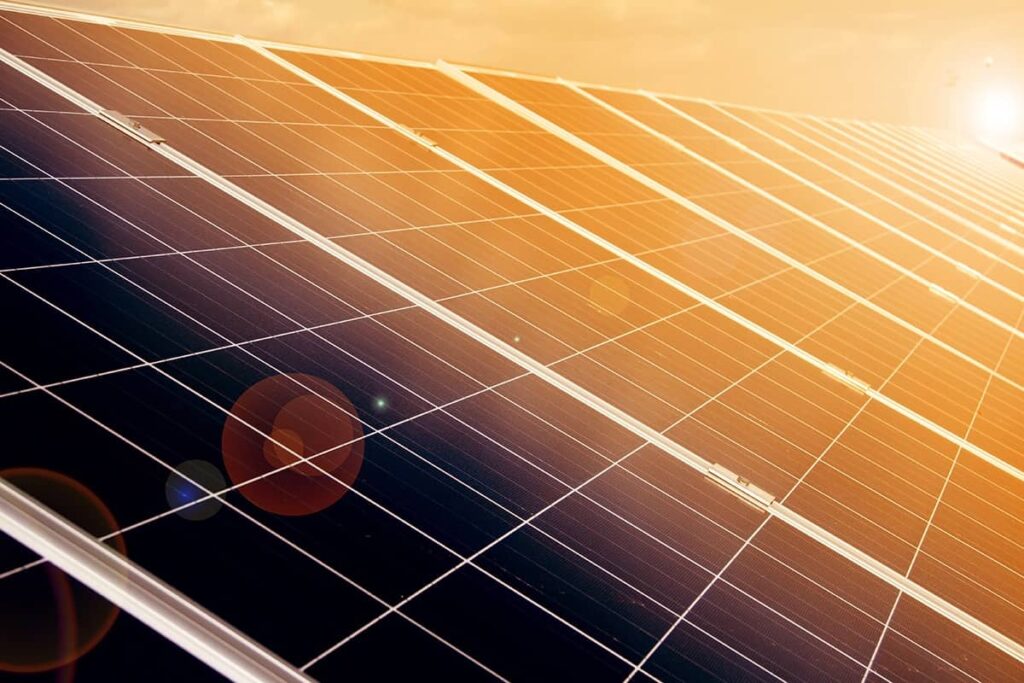The mismatch effect in the context of solar panels refers to the situation where the electrical characteristics of individual solar cells within a photovoltaic (PV) module do not perfectly match. Solar panels are typically made up of multiple solar cells connected in series and/or parallel to achieve the desired voltage and current output. Mismatch can occur due to variations in manufacturing, temperature, shading, or other factors, and it can have several implications.
- Reduced Efficiency: When solar cells within a panel have different electrical characteristics, such as different current-voltage (IV) curves, it can lead to a reduction in overall efficiency. This is because the panel will operate at the performance level of the weakest cell, effectively “dragging down” the output of the entire panel.
- Energy Loss: Mismatch can result in energy losses, as the panel may not generate as much electricity as expected. This can have an impact on the overall energy production of a solar installation.
- Hotspots: Mismatched cells can also lead to hotspots, where certain cells within the panel receive more current than they can handle. This can cause localized overheating and potential damage to the affected cells.
- Reduced Lifespan: Mismatch can contribute to accelerated degradation of solar cells over time, potentially shortening the lifespan of the solar panel.
To mitigate the mismatch effect, manufacturers often use techniques like cell sorting and matching to group solar cells with similar characteristics together within a panel. Additionally, bypass diodes are typically incorporated into solar panels to help address shading issues, which can exacerbate the mismatch effect. These diodes allow current to bypass shaded or underperforming cells, preventing the entire panel from being affected by their reduced performance.
Proper system design, including the correct arrangement of panels in series and parallel connections, can also help minimize mismatch issues and optimize the overall performance of a solar PV system. Regular monitoring and maintenance of the solar installation are important to identify and address any mismatch-related issues that may arise over time.


